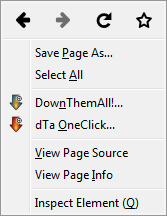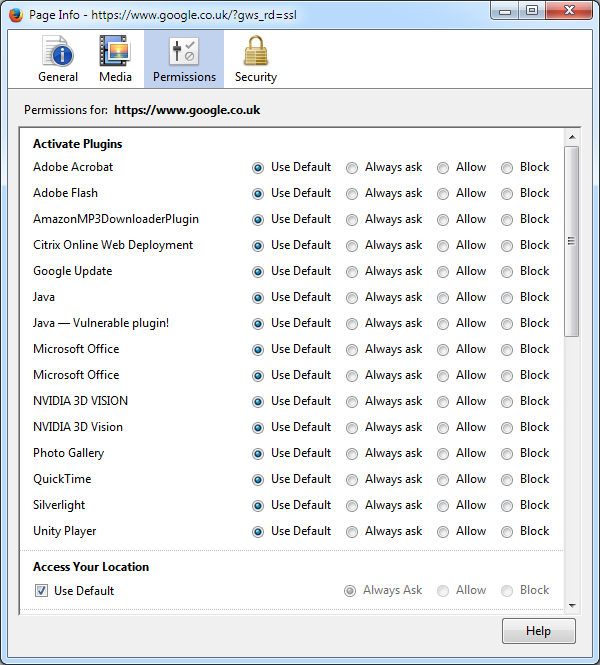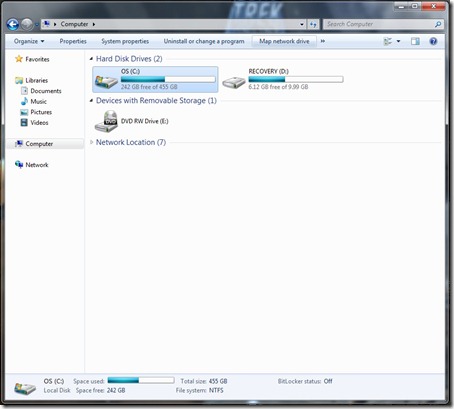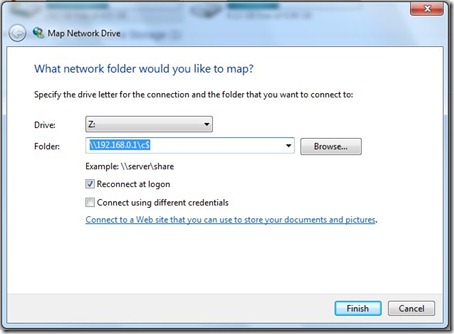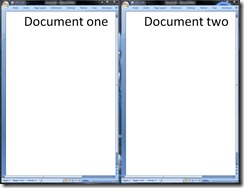Windows 7 has many built in backwards compatibility features but a new one is the Program Compatibility troubleshooter. To run the troubleshooter follow the following steps:
Open the Program Compatibility troubleshooter by clicking the Start button  and then clicking Control Panel. In the search box, type troubleshooter, and then click Troubleshooting. Under Programs, click Run programs made for previous versions of Windows.
and then clicking Control Panel. In the search box, type troubleshooter, and then click Troubleshooting. Under Programs, click Run programs made for previous versions of Windows.
- Follow the instructions in the troubleshooter.
If you cannot install a program, insert the installation disc for the program and, using the troubleshooter, browse to the program’s setup file, usually called Setup.exe, Install.exe, or something similar. The troubleshooter is not designed to work on programs that have an .msi file name extension.
You can also open the Program Compatibility troubleshooter by right-clicking a program’s icon or shortcut and then clicking Troubleshoot compatibility.
